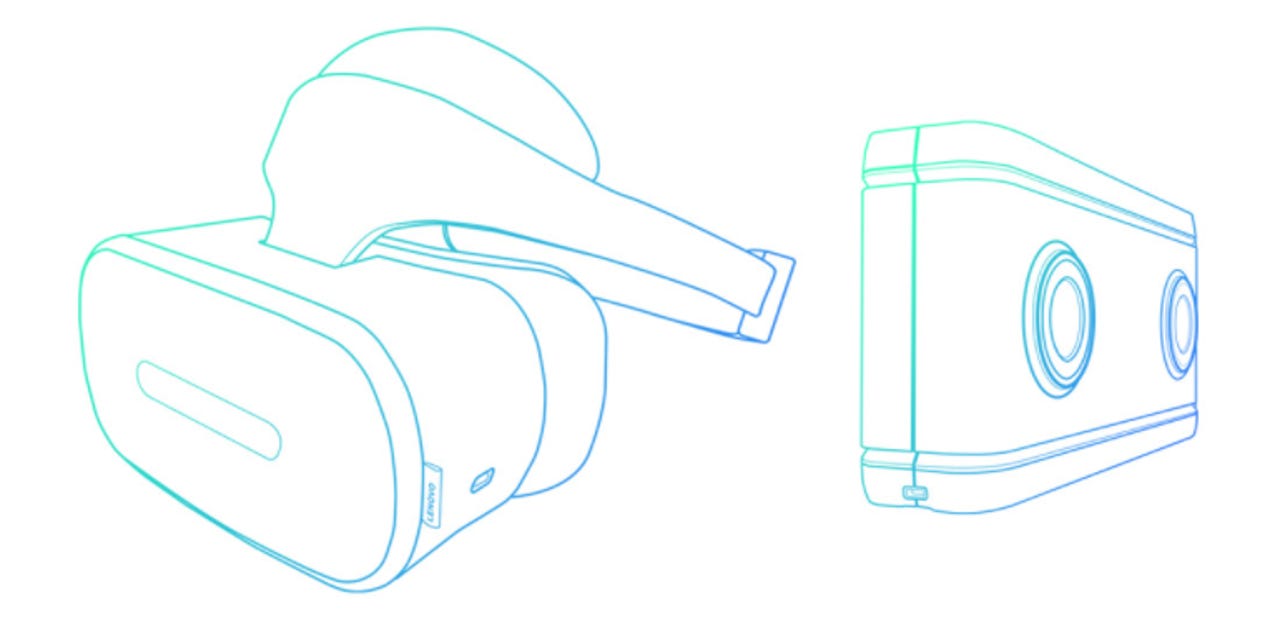Google: Our new VR180 format, cameras will make shooting VR video easier


Lenovo points to its standalone Daydream headset and camera on a page for its Google VR partnership.
Google has launched the VR180 video format to standardize VR content creation for sharing on YouTube.
The new format from YouTube and Google's Daydream VR team promises to make it easier to create VR content from a range of forthcoming VR cameras from YI, Lenovo, and LG. Google says they will be "as easy to use as point-and-shoot cameras, for around the same price".
The cameras, which have dual front-facing lenses, are due for release this winter. According to Google, "VR180 videos focus on what's in front of you" in high resolution.
The format is fixed to a 180-degree view rather than supporting full 360-degree video. That might be a good thing given YouTube's recent heat map research that showed people spent 75 percent of their time within the front 90 degrees of a video.
"The reality is, filming 360-degree VR videos isn't easy for most creators and some VR cameras are expensive," said YouTube's CEO Susan Wojcicki.
They can be viewed on desktop and on mobile, and become 3D videos when viewed with Cardboard, Daydream, and PSVR. It also supports live-streaming videos.
VR creators will soon be able to edit VR180 content with Adobe Premier Pro and other tools. YouTube also has a VR180 certification program whose first partner is Chinese VR camera maker Z CAM.
At IO, Google revealed that Lenovo and HTC Vive are developing new VR headsets. These are based on a prototype headset from Google and Qualcomm and said to be high-quality headsets but cheaper than current VR kits from Oculus and HTC.
Lenovo points to its standalone Daydream headset and camera on a page for its Google VR partnership.
The new format, cameras and headsets are part of Google's campaign to chip away at obstacles to delivering high-resolution VR. As Google VP of VR and AR Clay Bavor put it recently, building AR and VR with smartphone technology was like "building airplanes from bicycle and car parts".
Wojcicki also announced that the video-sharing platform now has 1.5 billion logged-in viewers per month. Presumably it has many more who are not logged in via a Google account.
She also noted that users spend over an hour a day watching YouTube content on mobile devices alone.
More on Google and YouTube
- Google: Expect faster page loads, better battery life from our Brotli ad squasher
- 'One machine learning model to rule them all': Google open-sources tools for simpler AI
- Google revamps Jobs search to streamline vacancy hunting
- Google: Here's how we're going to crack down on terrorist propaganda
- Facebook, WhatsApp, YouTube on work time? This cloud tech aims to block access
- YouTube 'suicide note' rule changes causes gamer uproar